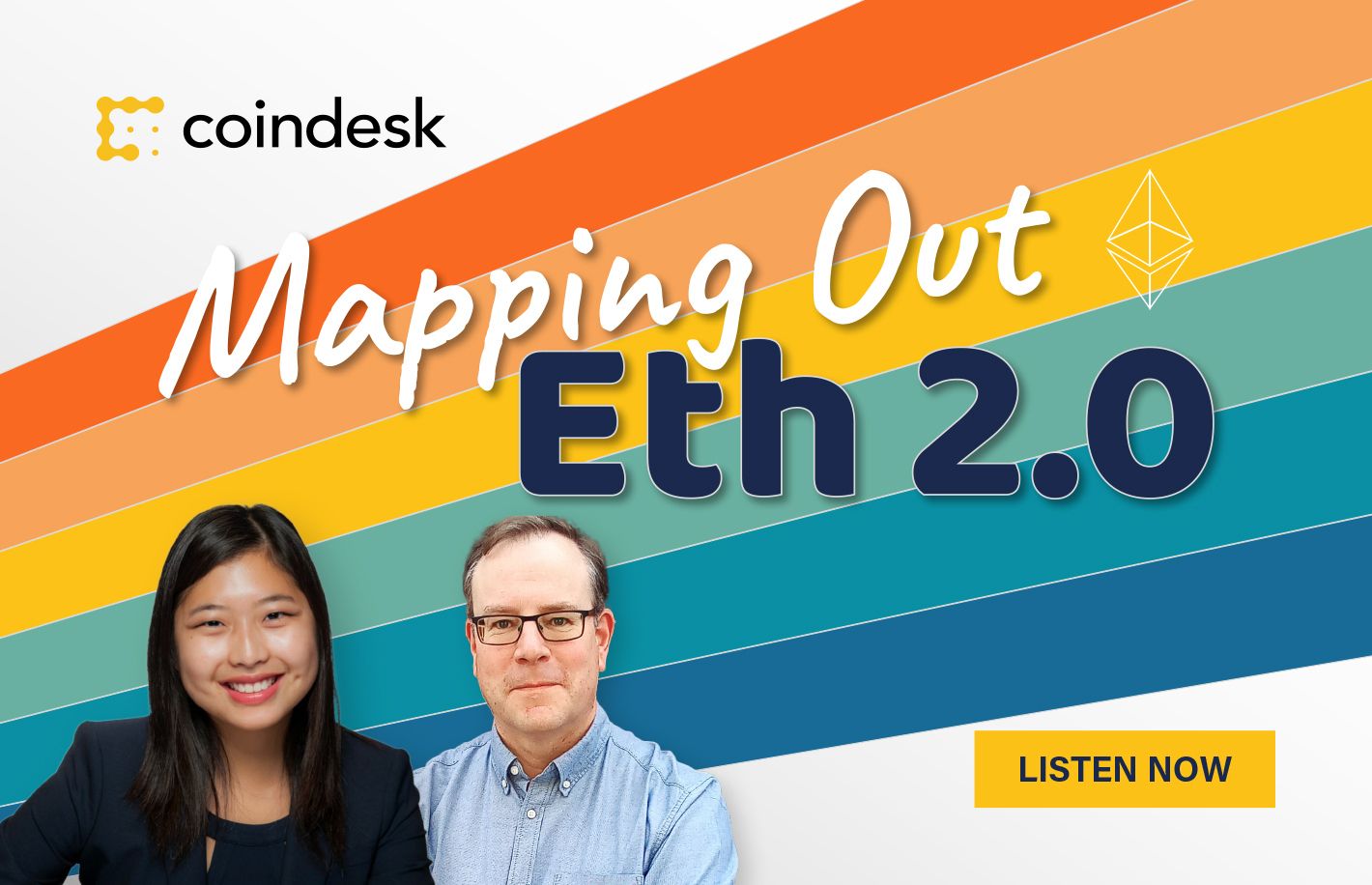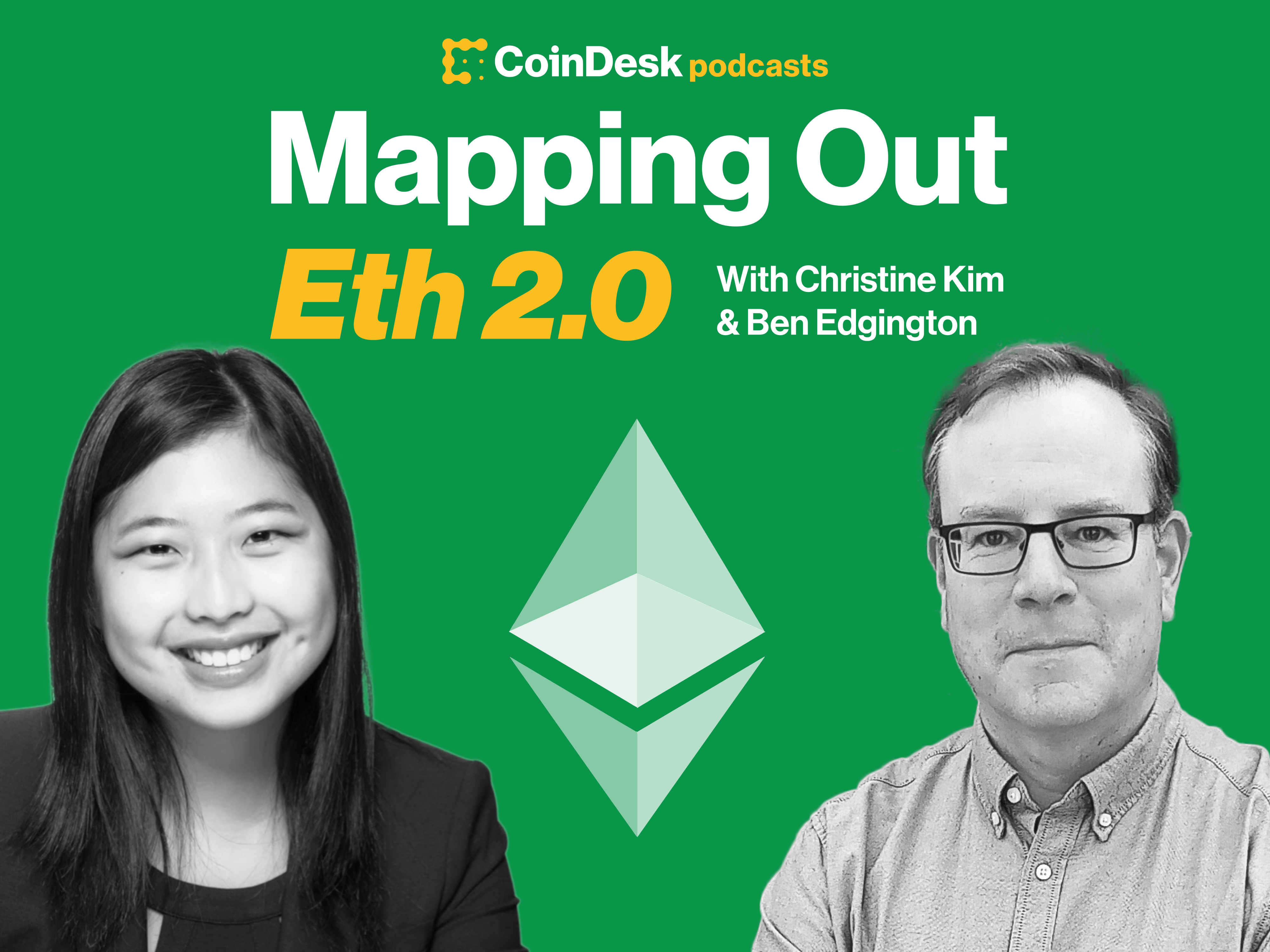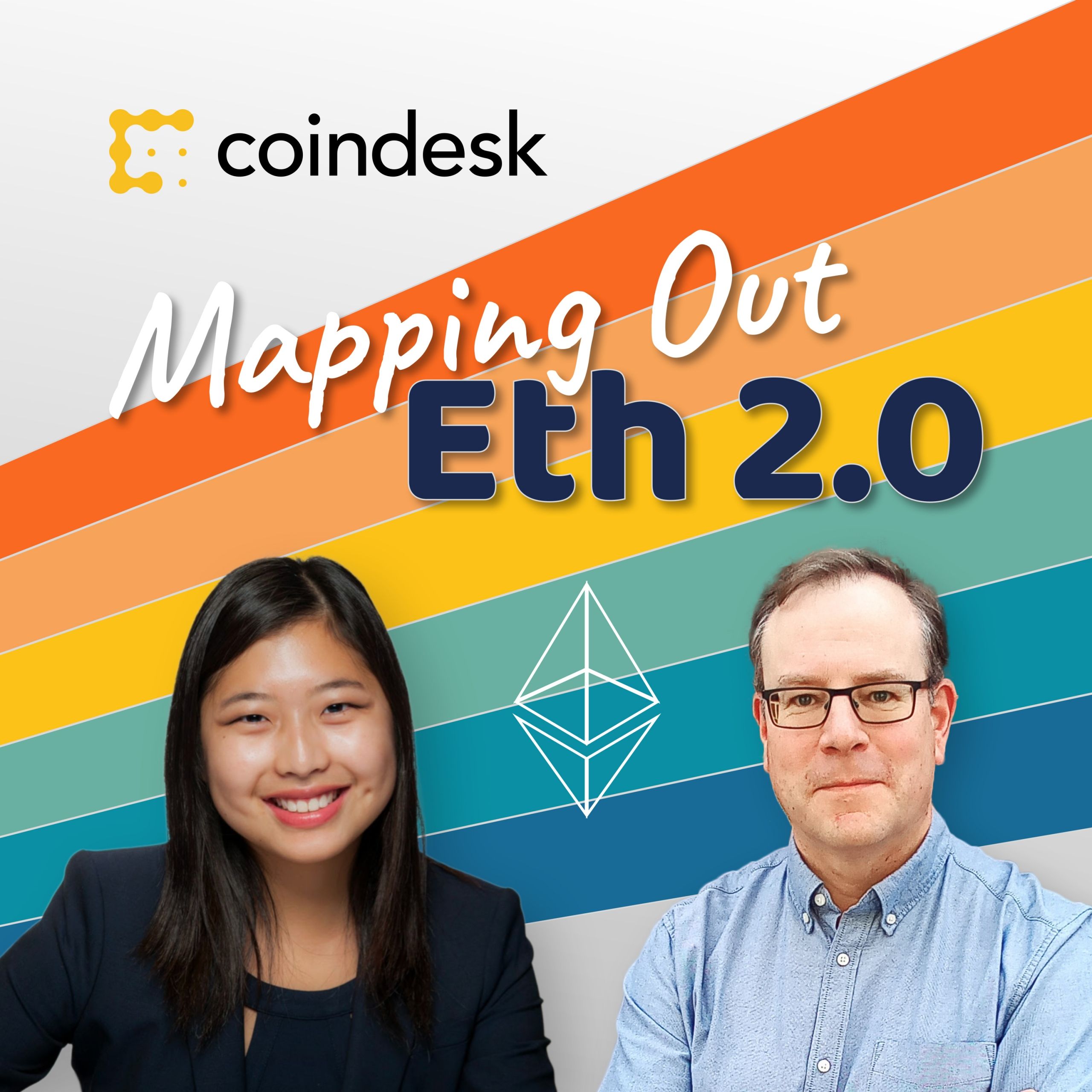In this week’s episode, CoinDesk’s Christine Kim and Consensys’ Ben Edgington are joined by cybersecurity and privacy litigator Sean C. Griffin to discuss the regulatory environment of non-fungible tokens (NFTs).
This episode is sponsored by Unique One Network.
Edgington bought his first NFT from English contemporary artist Damien Hirst. Hirst is expected to raise up to $20 million by selling 10,000 tokens worth $2,000 each. Upon purchase, the NFTs can be redeemed for a physical painting but only for a limited time period of one year. At the end of the year, Hirst will burn the corresponding NFT or painting that the buyer decided not to keep.
Owning a piece from Hirst’s NFT collection gives the buyer rights to a physical painting and comes with the assurance of limited token supply, which Griffin explains is not always the case with all NFTs.
The underlying technology of blockchain is able to prove that each NFT token is one of a kind. However, linking NFTs to a physical piece of art requires off-chain trust and verification. Griffin said he often sees NFT buyers “believe they are getting the associated artwork, too,” which is typically not true. According to Griffin, fraudsters have been selling NFTs of valuable artwork and leading people to believe they are buying the rights to the underlying artwork.
Griffin also highlighted the importance of private key security and avoiding malicious phishing attacks. As the cryptocurrency markets grow in value, so do the privacy and security risks associated with investing in digital assets.
Griffin hopes increased regulation over NFTs in the U.S. will enforce standards that benefit all market participants. His concern is that regulators will come in from a “zillion” directions and create unnecessary regulations that do more harm than good.
Kim asked Griffin, “When it comes to holding [individuals] accountable and liable, do you think the main people responsible for abiding to these guidelines are the developers of the marketplaces and developers of the protocol? [Are these] the people that justice authorities go after?”
Griffin believes the marketplaces facilitating the trading of NFTs are the most at risk of penalties. However, in such a new and changing space it is difficult to judge how regulators will go about governing the industry.
To hear the full conversation featuring Griffin, Kim and Edgington, check out this week’s episode of “Mapping Out Ethereum 2.0.”
Links:
Damien Hirst NFTs -- https://www.heni.com/













